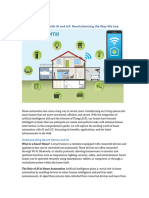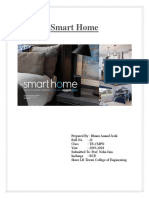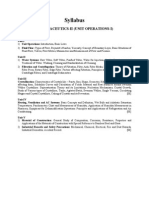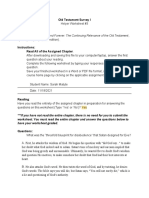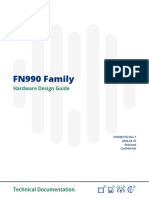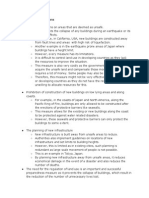0% found this document useful (0 votes)
64 views10 pagesAI in Smart Home Systems
The document discusses the role of Artificial Intelligence (AI) in enhancing smart home technologies, focusing on its working process, architecture, applications, and future potential. It highlights how AI improves automation, energy management, security, and convenience through data collection, processing, and machine learning. The future scope includes advancements in predictive capabilities, natural language processing, and robotics, while also addressing the importance of balancing convenience, security, and privacy.
Uploaded by
M R unknownCopyright
© © All Rights Reserved
We take content rights seriously. If you suspect this is your content, claim it here.
Available Formats
Download as PPTX, PDF, TXT or read online on Scribd
0% found this document useful (0 votes)
64 views10 pagesAI in Smart Home Systems
The document discusses the role of Artificial Intelligence (AI) in enhancing smart home technologies, focusing on its working process, architecture, applications, and future potential. It highlights how AI improves automation, energy management, security, and convenience through data collection, processing, and machine learning. The future scope includes advancements in predictive capabilities, natural language processing, and robotics, while also addressing the importance of balancing convenience, security, and privacy.
Uploaded by
M R unknownCopyright
© © All Rights Reserved
We take content rights seriously. If you suspect this is your content, claim it here.
Available Formats
Download as PPTX, PDF, TXT or read online on Scribd
/ 10




